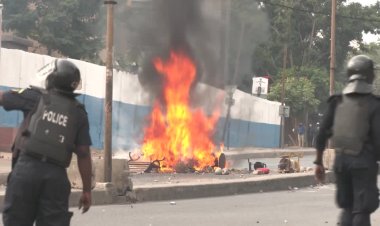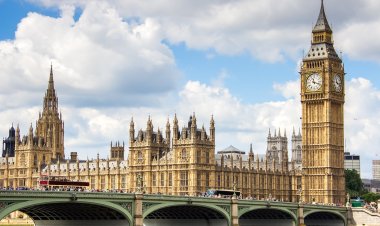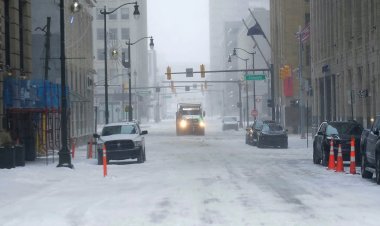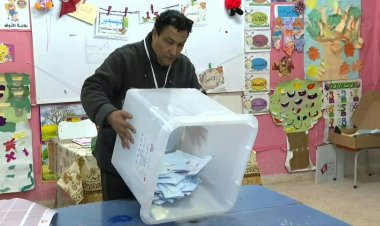Coal, an unavoidable pollutant in the harsh Afghan winter
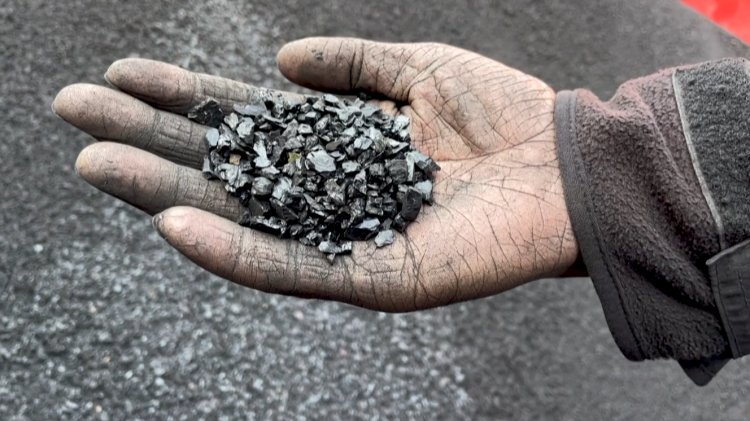
At a Kabul market, coal is arriving by the tonne as the winter cold sets in.
Even as prices rise, Afghans have few options but to burn it for heat, creating some of the world's most dangerous air.
"Pollution causes serious respiratory diseases ... All Afghans know what coal does," customer Amanullah Daudzai, dressed in a traditional beige shalwar kameez, says.
More than three months after the Taliban drove the Western-backed government out of the country, Afghanistan's economy is facing collapse.
In such desperate conditions, Daudzai says coal is still cheaper than the alternatives.
"If we had electricity and gas, people wouldn't use coal," says one of the market traders, Abdullah Rahimi.
None of Rahimi's 40 or so employees seems to have escaped the black dust that has crept deep into the wrinkles of the older workers.
It is already well established under the nails of the younger staff, and is probably inside their bronchial tubes as well, though some are not yet 15 years old.
They throw blocks of coal to each other, push wheelbarrows loaded with bags, make piles with shovels, and load customers' vehicles.
It is a long way from this month's COP 26 climate summit in Glasgow, Scotland, where nearly 200 nations signed a deal to try to halt runaway global warming, naming coal use among the main culprits.
Afghanistan, one of the world's poorest countries, remains a relatively modest polluter.
In 2018, the average Afghan caused 0.2 tonnes of CO2 emissions, compared with about 15 from the average American, World Bank figures show.




